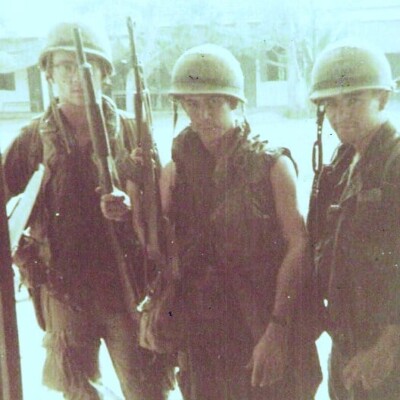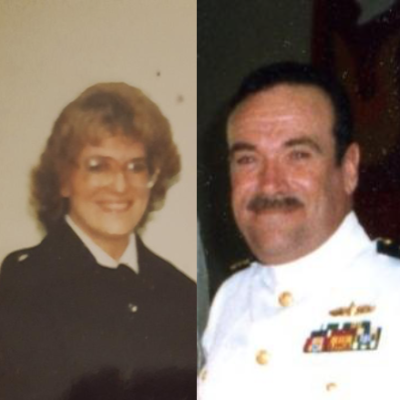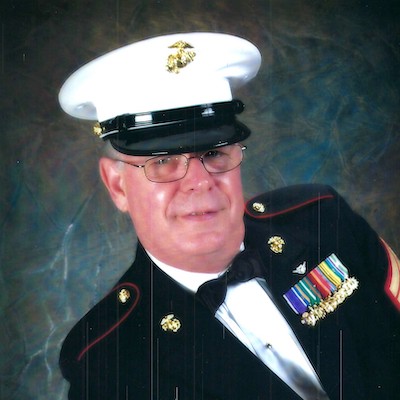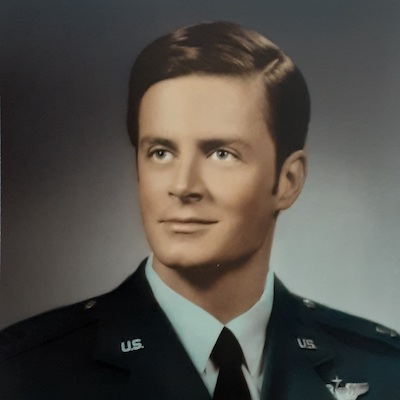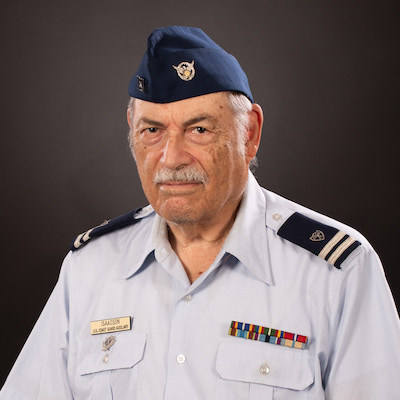2023 East Valley Veterans Parade Service Marshals
USMC 1st Sergeant John Lord joined the Marines in 1965, “I saw a report about Vietnam, and they talked about bad it was for the men who were already there. So, I turned to my mom and said ‘Mom, those guys need my help and I gotta go.”
He attended boot camp at Parris Island and after a short time at Camp Lajeune, he headed to Camp Pendleton, CA and deployed to Vietnam, once he was there, he was transferred to 1st Battalion, 3rd Marines in 1966. He served a year there and then was transferred back to the US. After another year of service, 1st Sergeant was sent back to Vietnam in 1968 and he assumed since he had already been in Vietnam, they would assign him to the rear. To his surprise, he was reassigned to Kilo Company, 3rd Battalion, 7th Marines as Platoon Sergeant.
Sergeant Bob King joined the Army in 1965 and served honorably until 1971. He saw combat in Vietnam with the Army’s 1st Battalion, 8th Regiment, 4th Infantry, otherwise known as “The Famous Fighting Fourth.”
“The 6 years I served with the Army had the most significant impact on me – more than anything else in my life. I volunteered because I wanted to make a difference of my own choosing. I didn’t want to wait for the draft because I wanted to make that decision for myself.”
Navy Marshall Jim Ellis
Lt. Commander Jim Ellis, USNAVY (Retired) joined the Navy in 1966 and honorably served 25 years until his retirement in 1991.
Lt. Commander Ellis was a skilled electrician for many years, repairing and maintaining nuclear ships and submarines. He served aboard 6 different ships and learned early on that the Navy had educated him in a more rapid way than life would have, if he hadn’t have joined. He saw combat in Vietnam between 1968 – 1971, saw most of the Northern Hemisphere during his service, was stationed at Norfolk and in San Diego and was responsible for important work aboard nuclear cruisers and auxiliary ships. In looking back over his service, Mr. Ellis stated, “Overall, I felt valued and rewarded, and would do it all again if asked to.”
USMC Master Sergeant David Minick joined the Marines in 1964 and served 20 years until his retirement in 1985. During that time, Master Sergeant Minick served in Vietnam and was wounded on the ground during the Tet Offensive of 1968 when enemy rockets were thrown into the area where Minick and his men were sleeping.
In addition to seeing ground combat, Master Sergeant Minick was also a helicopter gunner, a position for which he volunteered his service. Prior to Vietnam, helicopters were not armed and were used primarily to move men and supplies.
A life-long passion for airplanes brought USAF Captain Ross “Kemo” Eckel into the US Airforce in 1967. After attending high school and graduating from ASU, he was stationed at Williams Air Force Base in Mesa, now known as Phoenix-Gateway Airport. He graduated from an intensive flight training program there known as “The Year of 53 Weeks.” The mission was to train as many pilots in a short frame of time to prepare them for service in Vietnam.
Captain Eckel was stationed at Danang Air Base and saw combat in Vietnam. One of his first assignments was to a gunship squadron which utilized 1930’s airliners that the military had equipped for action by removing seats and cargo doors and adding three large guns to each plane. These large aircraft became known as “Spooky” and only flew night time missions during Vietnam due to their size and slowness. Their mission was to help protect troops on the ground.
PO1 Jack Isaacson USCG (Retired) served 34 years in the service, during which time he was involved with many projects that improved communications between air, ground, and sea including satellite development and rescue operations. He joined the Coast Guard on June 10, 1966 and served until he retired March 26, 2003.
Isaacson was first assigned to the USS Unimak and later served aboard the USS Mackinaw, the largest ice cutter on the Great Lakes. During his time on the Great Lakes, he worked closely with the Canadian Ministry of () during rescues and other important missions, which required skills in coordination and communication.

